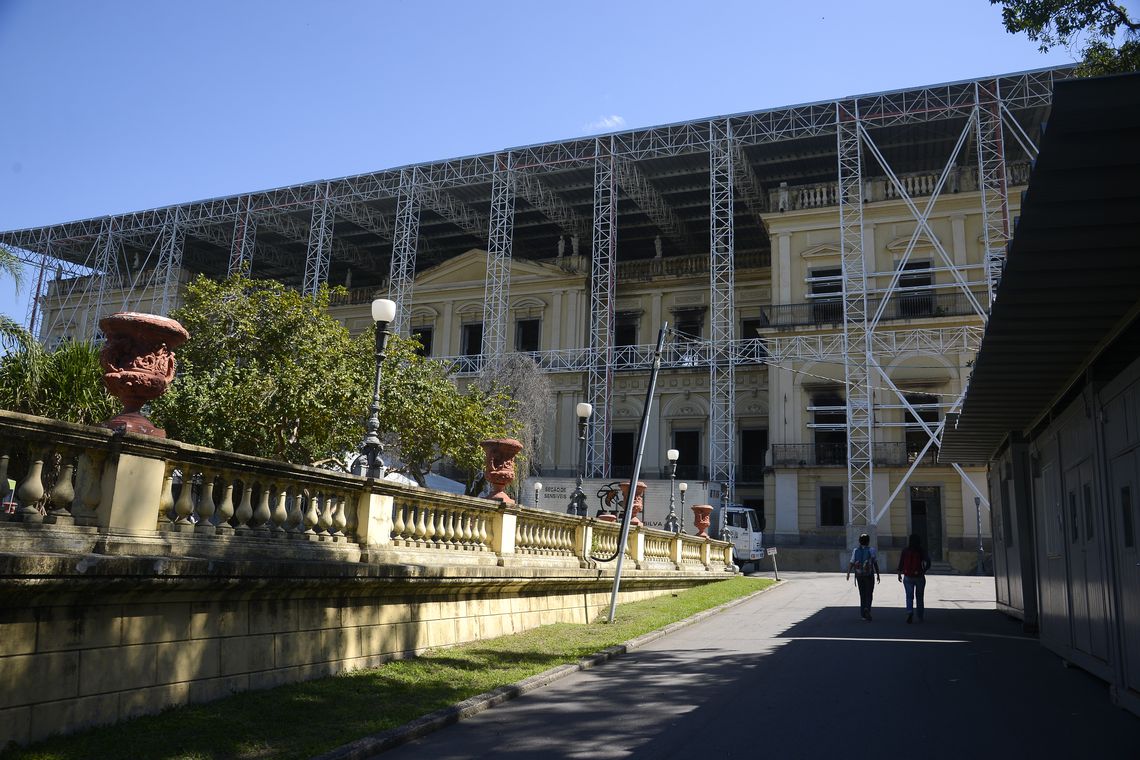RIO DE JANEIRO, BRAZIL – One year after the fire that destroyed the National Museum at the park Quinta da Boa Vista in Rio de Janeiro, some good news is broadcast by the researchers at the institution.

One of the coordinators of the work of rescuing pieces in the rubble, Professor Luciana Carvalho, details that important pieces for the research were recovered, such as human skeletons, including fragments of the iconic skull of Luzia, the oldest fossil found in the American continent.
She also cites the recovery of palaeo-vertebrates and pieces that contributed to being able to describe a new species called holotypes.
The director of the museum, Alexander Kellner, said that several important donations to restore the scientific and research collection have already been promised and delivered.
Kellner points out that the Francisca Keller Library of the Graduate Program in Social Anthropology, which had 37,000 documents and books and was totally incinerated, is already being recomposed.
He also cites that the budget of R$2.5 million (US$625,000) for the museum’s postgraduate research was made available by the Coordination for the Improvement of Higher Education Personnel (CAPES), as well as the scholarships from the Carlos Chagas Filho Foundation to Support Research in Rio de Janeiro (FAPERJ) in the amount of R$3,000 reais per month for 72 researchers for a period of one year.
“It may not seem like much, but it is this money that makes us able to breathe. It allows the teachers to do a field activity, which can take the students somewhere to collect material,” said Kellner.
The Dean of UFRJ, Denise Pires de Carvalho, highlights that the scientific work developed by the National Museum is one of the highlights that makes UFRJ one of the main universities in Brazil and Latin America, with at least five areas among the hundred best in the world.
“Among these five areas, two are in the National Museum: archaeology and anthropology. The National Museum is much more than an exhibition area. There were several research laboratories in the palace, post-graduate courses, extension projects, the involvement of undergraduate students from different areas of the university, and scientific initiation programs.”

